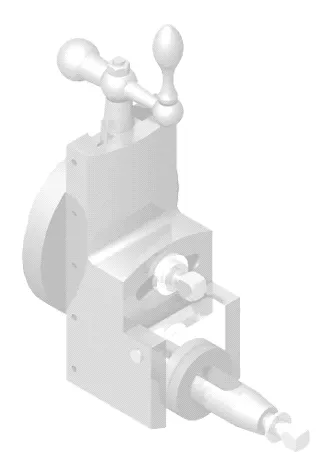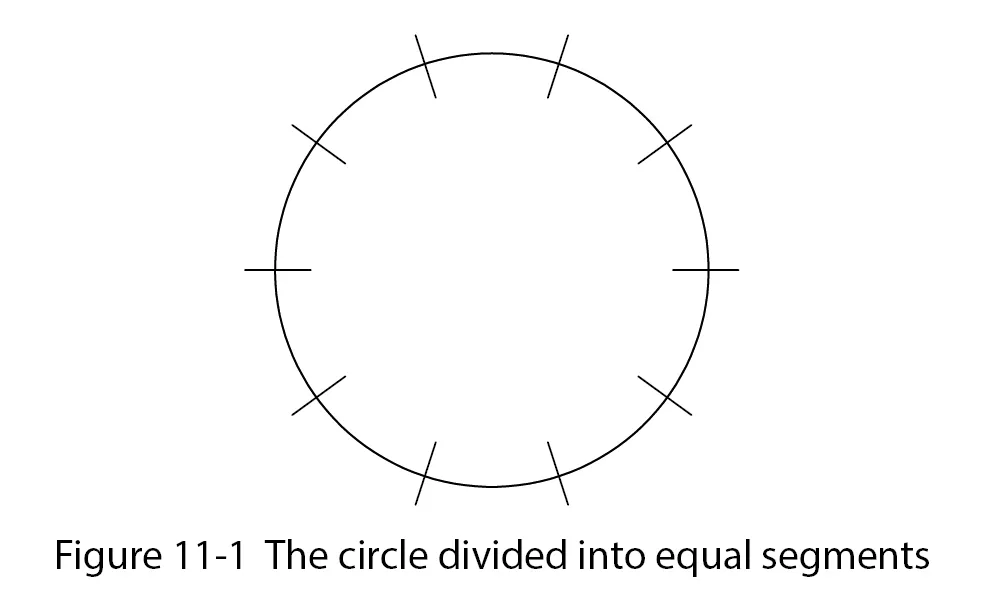
SOLIDWORKS 2018: A Tutorial Approach, 4th Edition
Prof. Sham Tickoo
- English
- ePUB (handyfreundlich)
- Über iOS und Android verfügbar
SOLIDWORKS 2018: A Tutorial Approach, 4th Edition
Prof. Sham Tickoo
Über dieses Buch
SOLIDWORKS 2018: A Tutorial Approach introduces readers to SOLIDWORKS 2018 software, one of the world's leading parametric solid modeling packages. In this textbook, the author has adopted a tutorial-based approach to explain the fundamental concepts of SOLIDWORKS. This textbook has been written with the tutorial point of view and the learn-by-doing theme to help the users easily understand the concepts covered in it. The textbook consists of 12 chapters that are structured in a pedagogical sequence that makes the book very effective in learning the features and capabilities of the software. The textbook covers a wide range of topics such as Sketching, Part Modeling, Assembly Modeling, Drafting in SOLIDWORKS 2018. In addition, this textbook covers the basics of Mold Design, FEA, and SOLIDWORKS Simulation.
The following are some of the features of this textbook:
- Consists of 12 chapters that are organized in a pedagogical sequence.
- Tutorial approach to explain various concepts of SOLIDWORKS 2018.
- First page of every chapter summarizes the topics that are covered in it.
- Step-by-step instructions that guide the users through the learning process.
- Several real-world mechanical engineering designs as tutorials and projects.
- Additional information throughout the book in the form of notes and tips.
- Self-Evaluation Tests and Review Questions at the end of the chapters for the users to assess their knowledge.
- Technical support by contacting [email protected].
- Additional learning resources at http://allaboutcadcam.blogspot.com.
Brief Table of Contents
Chapter 1: Introduction to SOLIDWORKS 2018
Chapter 2: Drawing Sketches for Solid Models
Chapter 3: Editing and Modifying Sketches
Chapter 4: Adding Relations and Dimensions to Sketches
Chapter 5: Advanced Dimensioning Techniques and Base Feature Options
Chapter 6: Creating Reference Geometries
Chapter 7: Advanced Modeling Tools-I
Chapter 8: Advanced Modeling Tools-II
Chapter 9: Assembly Modeling
Chapter 10: Working with Drawing Views
Chapter 11: Introduction to FEA and SOLIDWORKS Simulation
Chapter 12: Introduction to Mold Design
Student Project
Index
Häufig gestellte Fragen
Information

